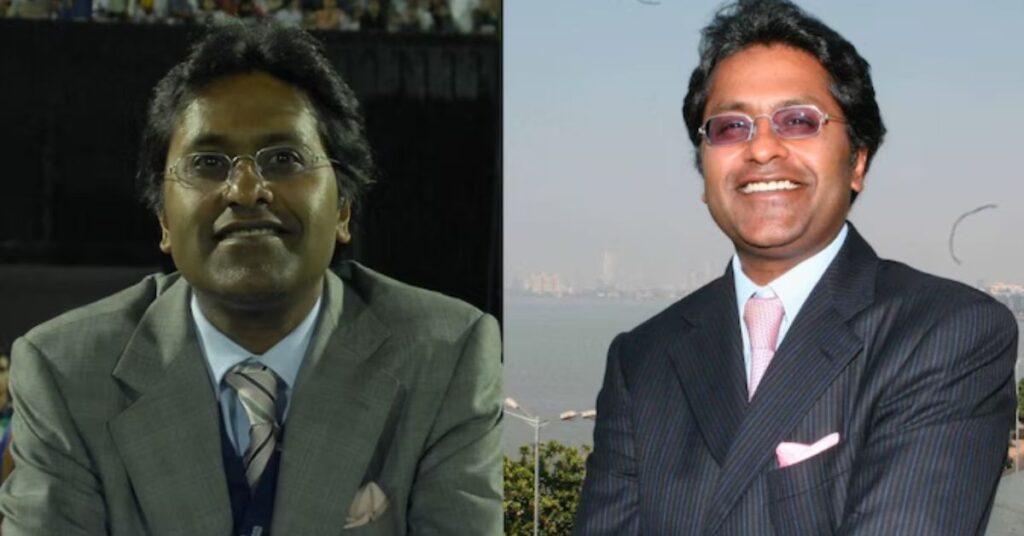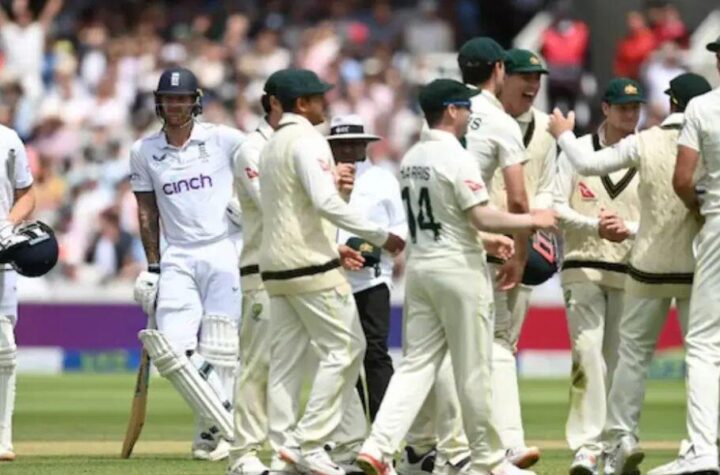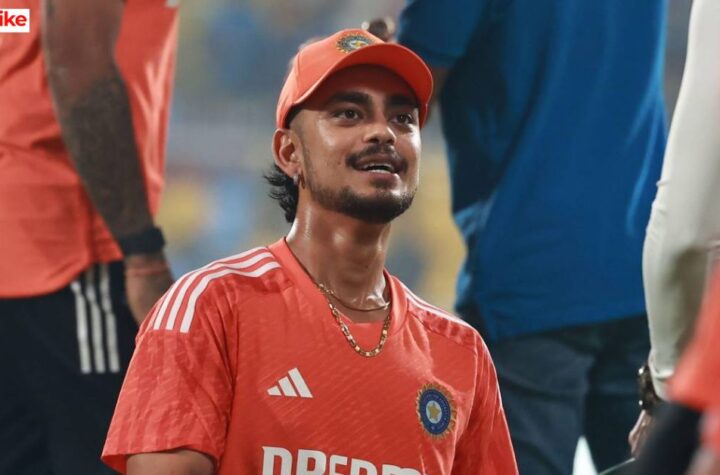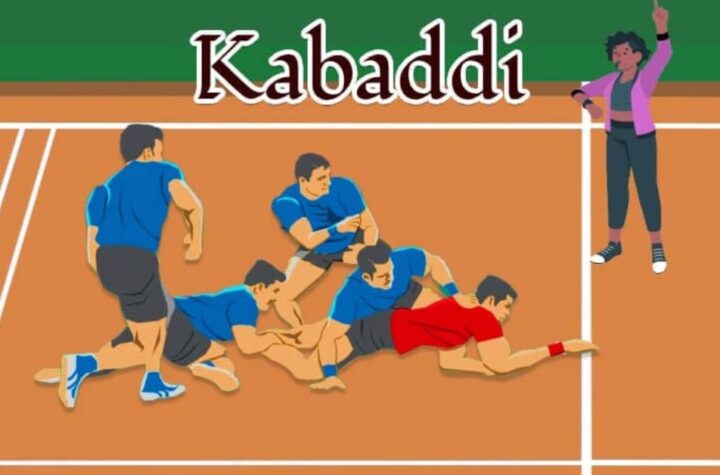
Since its inception, cricket has witnessed a wide array of revolutions, but none of them can match the level of the Indian Premier League (IPL). The biggest franchise cricket tournament and one of the grandest and most expensive sports leagues on the globe.
While IPL continues to become grander every season, the cricket fraternity often tries to discover the mastermind behind this cricketing extravaganza. Lalit Modi, the former IPL chairman, can be hailed as the father of IPL by many cricket analysts and worldwide fans.
Love him or hate him, but you can not run away from the fact that the biggest cricket league could not have been possible without his vision. While Lalit is the catalyst, what once was a gentleman’s game turned into a billion-dollar carnival blending sports, entertainment, and a massive amount of money.
The plot of IPL
While India’s cricket was flourishing like never before in the early 2000s, it still lacked a structured cricket league. The concept of renowned sports leagues like England’s English Premier League and the USA’s National Football League (NFL) inspired Lalit to introduce the concept of a franchise-based cricket tournament in the grooming of the Indian cricketing setup.
The concept was intriguing yet simple – city-based teams, player auctions, and creating a blend of international stars with the local homegrown talent. Following a lot of thrills and spills, IPL eventually landed in reality in 2008.
While the very first clash of IPL witnessed Brendon McCullum smashing a massive 158 runs, it sent out a clear message that the tournament is surely going to be something that the world has never seen before. It was because of Modi that IPL became the hottest property in world cricket overnight.
Lalit’s visionary mind is behind the unique concepts of IPL
Though IPL was not the first cricket league in the world, some unique concepts of the Indian domestic tournament attracted the minds of fans and experts alike. Some of the new introductions were:
Player auctions – It was an unheard concept of cricket when it was introduced in the IPL. This procedure ensured that even the stalwarts of the game had to go under the hammer and find a team for themselves.
Franchise model with regional fan base – Just like the EPL and other football league clubs, the IPL teams were built on city-based concepts with regional fan bases. This ensured a long-term connection between the team and the fan bases, ultimately resulting in a long-term engagement.
Prime-time T20 cricket – Lalit understood the power of television in attracting a large chunk of audience and creating a massive connection. This is the reason he scheduled the IPL fixtures in the evening to maximize the viewership.
These are some of the unique measures that were taken under the leadership of Lalit Modi, which played a crucial role in the rise of IPL. All these resulted in the tournament becoming a 10 billion USD empire in less than a decade, which completely transformed its financial landscape.
The fall of Lalit Modi – When power tussled with controversy
While Lalit was quickly rising to power, he had several enemies within the Board of Control for Cricket in India (BCCI). His highly aggressive plans regarding the expansion of IPL did not suit the cricketing elites.
This resulted in his removal from the BCCI in 2010 over allegations of financial irregularities, misconduct, and financial interest. He fled to London and, since then, never came back to India again.
However, the IPL did not collapse in his absence. Either it grew stronger by the coming season. His blueprint was so rigid that even his exit did not become a hurdle in the success of the tournament.
Conclusion
While many call him a disruptor, many call him a fraud. But one thing you can not call him is irrelevant. Even as he remains in exile, the father of IPL undeniably has the last laugh. Lalit’s vision of IPL not only transformed the Indian cricketing arena but also inspired the creation of various other cricket leagues such as Australia’s Big Bash League (BBL) and Pakistan Super League (PSL).
Did Lalit make grave mistakes? Obviously yes. Was he corrupt? Well, that is for history to decide. But most importantly, does he deserve to be forgotten? Not at all. Though his story stands incomplete, this serves as a sheer example of the power struggles that go on in the premier sports governing bodies. Without him, the IPL might have never come into existence, or it could have been an ordinary cricket tournament like others. The name of Lalit Modi may be removed from BCCI’s rich history books, but IPL will forever remain a quality product of his brainchild. No amount of controversies, power struggles, and allegations can change this fact.





More Stories
One-Off Tournaments in Sports: Meaning, Importance & Global Impact
Ishan Kishan – More Than a Dhoni Clone
South Africa National Cricket Team Vs Pakistan National Cricket Team Match Scorecard